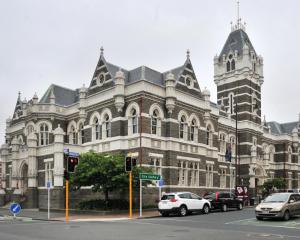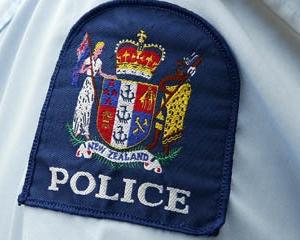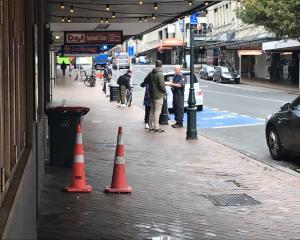Beside Alan James Fahey’s lifeless body were bloody footprints; there was blood in the bathroom too, suggesting someone had washed themselves.
The High Court at Dunedin heard hours of testimony yesterday from ESR forensic scientist Wendy Janes, who painstakingly combed the 66-year-old victim’s Brockville Rd flat for traces of blood.
She found it in numerous areas of the house and at its epicentre was Mr Fahey, face down on the floor of the lounge.
The Crown says his killer was his flatmate Jason Karl Blackler (48), who has spent the week on trial accused of manslaughter, with an alternative of wounding with intent to injure.
It is alleged the pair spent October 25, 2016, drinking but the mood had soured when Mr Fahey made sexually inappropriate comments about Blackler’s terminally ill sister.
Witnesses have told the court the defendant said to them he thought he might have killed the man.
But defence counsel Anne Stevens said comments made in the hours after the incident were unreliable because her client was emotional and heavily intoxicated.
She suggested later in the trial the defendant "tends to talk a lot and fill in gaps".
The day after the drinking session, Blackler woke at his girlfriend’s Corstorphine home and had his friend Stephen Ferguson go back to the Brockville Rd address to check on Mr Fahey.
Mr Ferguson told the jury earlier this week, he touched the victim, found him "stone cold" and knew he was dead.
He later called emergency services and forensic staff soon descended on the scene.
Ms Janes detailed for the jury the areas in the house where blood was found and how it was likely to have come to be on the surface.
There were "spatter stains" on a box in the middle of the room — which had been used to store empty beer bottles — beside Mr Fahey’s body.
The ESR scientist found similar patterns on the front of the couch and a nearby armchair.
The direction of the stains on the box meant they were likely to have come from an impact to a liquid blood source near or at ground level, where the victim lay, Ms Janes said.
A left foot or sock print was noted near the body and further prints were found on the floor of the bathroom.
In there were stains on the door frame, the side of the bath, the wall by the light switch and in the sink by the cold tap, Ms Janes said.
In some cases the blood was diluted, which was consistent with someone washing a blood-stained object, she said.
Despite the evidence of footprints, matching such a print with someone’s foot was "fraught with difficulty" because of the variety in people’s gaits, Ms Janes said.
"Probable bloodstains" were also found on the passenger side of a taxi in which Blackler had left the address on the night in question, the court heard.
On Thursday, pathologist Dr Martin Sage told the jury he was unable to isolate a definite cause of death.
He was convinced the injuries to Mr Fahey’s face and throat came from six blows and said they could not have come from a fall.
Dr Sage could not rule out the possibility the victim had died from a heart attack or that he was strangled to death.
The trial, before Justice Rachel Dunningham and a jury of eight men and four women, is scheduled to conclude next week.











